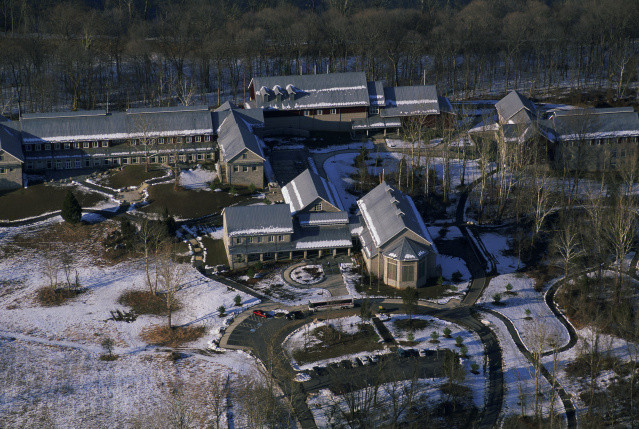Emerging Issues Symposium II: Amid Search for Answers, a Search for Hope
This post contributed by Celia Smith, ESA Education Programs Coordinator
Attendees of the Ecological Society of America (ESA)’s 2012 Emerging Issues Conference are spending the week of February 27 immersed in symposia and intensive working groups to turn cutting-edge ecology research into concrete environmental management and policy products. In addressing the conference theme of Conservation Targets under Global Change, each presentation and discussion session involves wrestling with tough questions for which simple answers do not exist.
Despite these challenges, another informal conference theme is hope. Global change can evoke fear, panic and even despair over the unsustainable use of natural resources. While it can’t be denied that problems including overpopulation, pollution, habitat fragmentation and climate change threaten many species, including our own, Ronald Swaisgood of the San Diego Zoo argues that hope is not only possible—it is essential to our success in overcoming these challenges.
“As conservation biologists we feel like we are tinkering around the edges and fiddling while Rome burns,” Swaisgood said during his Monday afternoon talk entitled, “Finding hope for conservation and endangered species because we must.” Swaisgood argued that confident expectations for conservation outcomes lead to increased effort, while low expectations “robustly predict giving up.” Moreover, Swaisgood emphasized that hope is an essential tool for garnering public support for conservation efforts, and challenged scientists to assume responsibility for engaging citizens—particularly the next generation—in science and nature in a hopeful and productive way.
“Time spent in nature predicts environmental attitudes… [but] Americans are becoming increasingly indifferent to the environment” Swaisgood said. He encouraged scientists to get involved in community leadership, outreach, K-12 education reform, and citizen science to help communicate conservation messages that are framed positively, constructively and optimistically. As Swaisgood and his co-author James Sheppard have put it, “Our point is not that hope is the logical alternative but that it is the necessary alternative” (BioScience 2011).
Whether or not hope is a logical alternative is likely to be a personal decision; however Bernd Blossey of Cornell University also offered positive evidence, supported by science, that our idea of ‘nature’ as a pristine entity separate from humans is a fallacy. In his introduction to the conference, he stressed that historically, nature has repeatedly demonstrated extraordinary resilience by returning from disaster and disruption to support life in one form or another. Blossey left the audience with a quote from Aldo Leopold—“I have no hope for conservation born of fear”—that helped to set the tone of optimism for the discussions to come.
Photo: National Conservation Training Center, Shepherdstown, WV, Ryan Hagerty/USFWS
